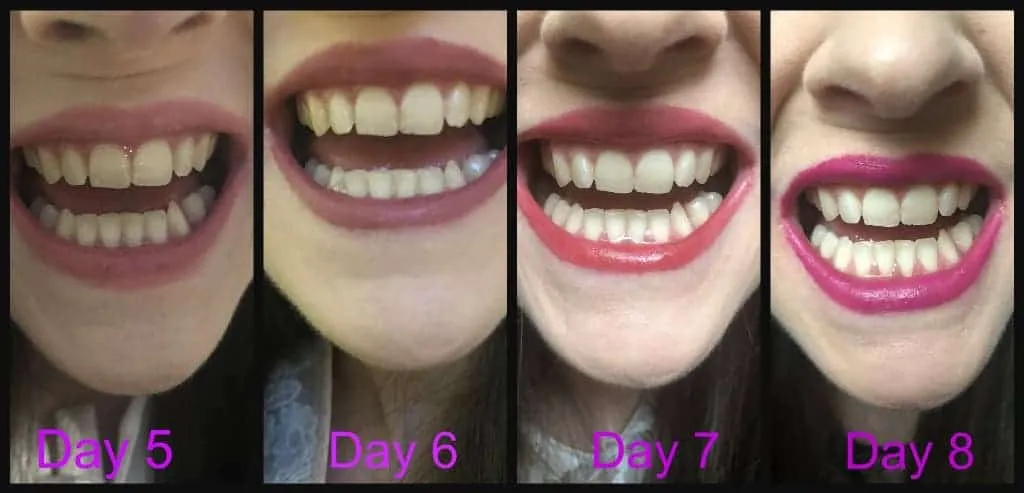Causes of Teeth Sensitivity After Whitening
Experiencing tooth sensitivity after teeth whitening is a common concern. While the desire for a brighter smile is strong, understanding why this sensitivity occurs is crucial for managing and mitigating the discomfort. Several factors contribute to this issue, primarily related to the whitening process itself and how it interacts with your teeth. Recognizing these causes can empower you to take proactive steps to alleviate the sensitivity and continue your journey toward a dazzling smile. The whitening agents, the enamel, and your habits all play key roles in determining how sensitive your teeth become.
The Whitening Process and Its Impact
The core of most teeth whitening treatments involves the use of bleaching agents, most commonly hydrogen peroxide or carbamide peroxide. These agents penetrate the enamel, the outermost layer of the tooth, to break down the stain molecules that cause discoloration. This process, while effective, can temporarily affect the tooth’s structure, making it more susceptible to sensitivity. The impact varies depending on the concentration of the bleaching agent, the duration of its contact with the teeth, and the individual’s tooth sensitivity levels. This interaction is often the primary cause of the temporary discomfort experienced by many.
How Whitening Agents Work
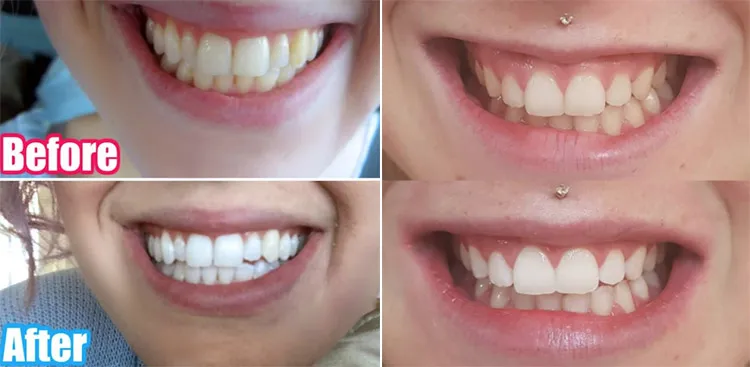
Whitening agents work by oxidizing the stain molecules embedded within the enamel. This oxidation process breaks down the larger, darker stain molecules into smaller, lighter ones, which results in a brighter appearance of the teeth. However, as the bleaching agents permeate the enamel, they can also pass through the dentin, a layer beneath the enamel that contains microscopic tubules leading to the tooth’s nerve. This process can irritate the nerve, leading to the sensation of sensitivity to temperature changes or pressure. The strength of the whitening agent and the length of exposure directly influence the degree of sensitivity experienced.
Why Sensitivity Occurs
Sensitivity occurs because the whitening agents can dehydrate the teeth slightly and open the dentinal tubules. These tubules, which connect the enamel to the nerve, become more exposed, allowing stimuli like hot or cold temperatures to reach the nerve more easily. This heightened sensitivity is typically temporary, resolving as the teeth rehydrate and the tubules naturally close. The intensity of the sensitivity can vary greatly from person to person, with factors like existing tooth conditions, enamel thickness, and the concentration of the whitening agent playing a role.
Strategies to Reduce Sensitivity
Fortunately, several strategies can help mitigate and manage teeth sensitivity after whitening. From simple changes in your oral hygiene routine to professional treatments, there are many options available to make your whitening experience more comfortable and enjoyable. Implementing these strategies before, during, and after whitening can significantly reduce the discomfort and allow you to maintain your brighter smile without compromising your oral health.
Use Sensitive Toothpaste
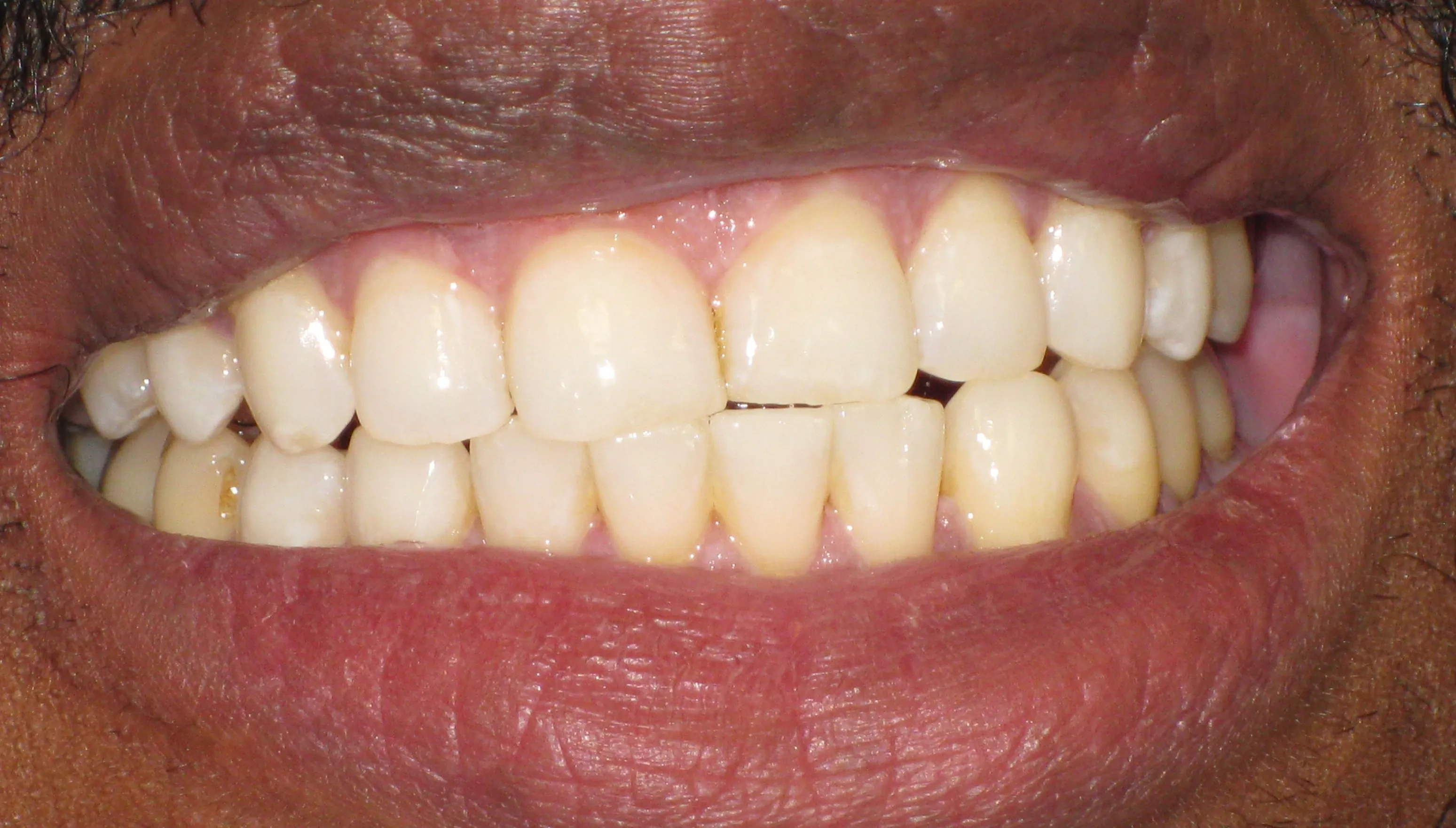
Sensitive toothpaste is specially formulated to help block the pathways to the nerves in your teeth. These toothpastes contain ingredients like potassium nitrate, which helps to desensitize the teeth by blocking the transmission of pain signals. Switching to a sensitive toothpaste a few weeks before whitening and continuing its use afterward can significantly reduce sensitivity. It is a simple yet effective measure to prepare your teeth and maintain comfort throughout the whitening process. Using sensitive toothpaste is a good first step for managing the discomfort.
How Sensitive Toothpaste Works
Sensitive toothpaste primarily works by either blocking the dentinal tubules or desensitizing the nerve. Potassium nitrate, a common ingredient, works by creating a barrier that prevents stimuli from reaching the nerve. Other formulations may contain ingredients that help to remineralize the enamel, thus strengthening the teeth and reducing sensitivity. Regular use, usually twice daily, is recommended to allow these ingredients to build up and provide continuous relief. The long-term use can provide maximum effect in the effort to desensitize the teeth.
Correct Brushing Technique
Your brushing technique plays a critical role in maintaining oral health and reducing sensitivity. Harsh brushing can wear down the enamel, making your teeth more susceptible to sensitivity. It’s essential to adopt a gentle approach, using a soft-bristled toothbrush and applying minimal pressure. This prevents the enamel from being eroded and helps protect the dentin layer underneath. Correct brushing ensures that your teeth are cleaned effectively without causing unnecessary wear and tear, which is crucial for long-term oral health and comfort, especially after whitening.
Gentle Brushing Methods
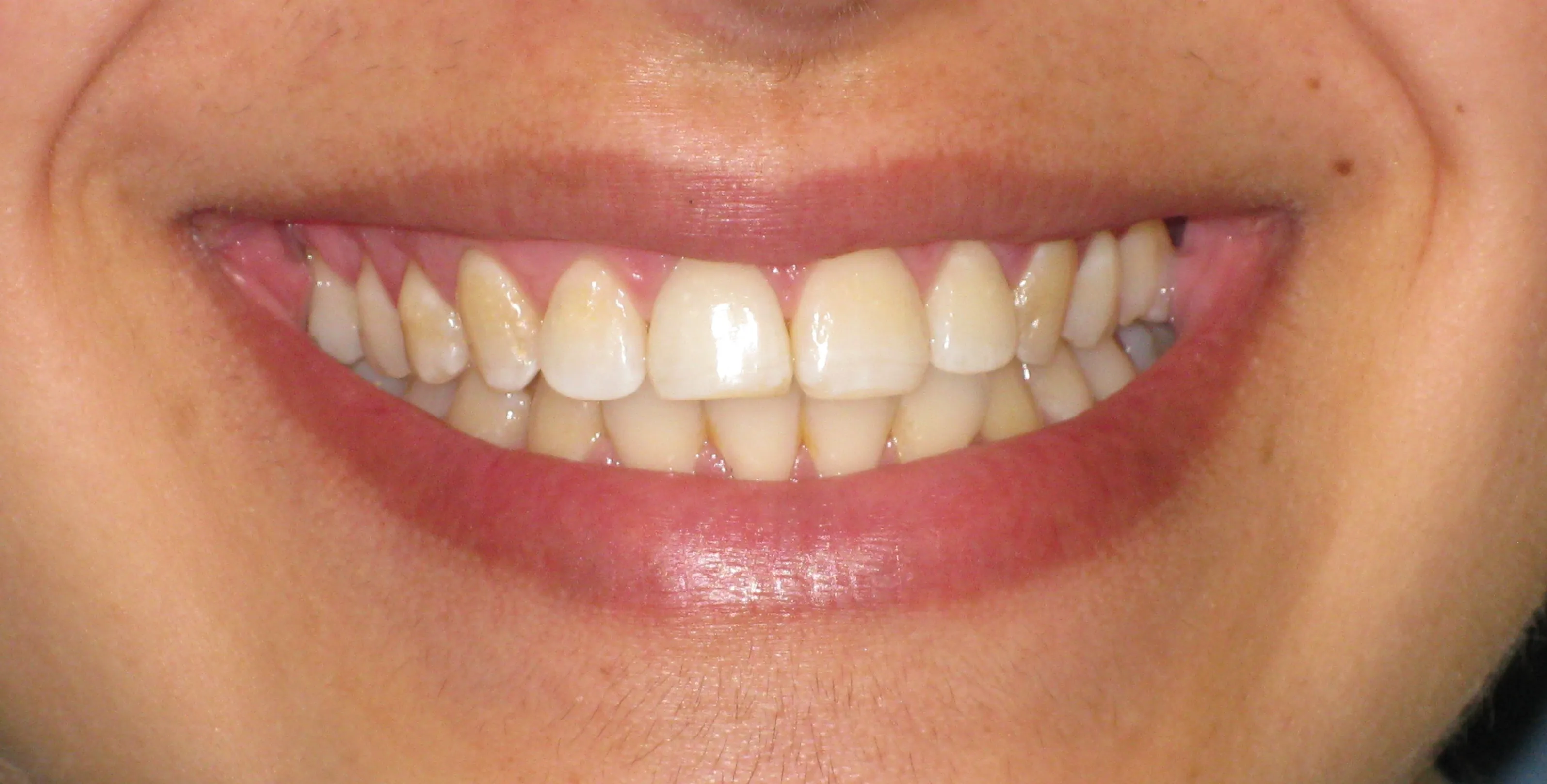
Use a soft-bristled toothbrush and brush in gentle, circular motions. Avoid aggressive scrubbing, which can damage the enamel. Hold the toothbrush at a 45-degree angle to your gum line to ensure you are cleaning both your teeth and gums effectively. Brushing for two minutes, twice a day, is generally recommended. For those with sensitive teeth, consider using a toothbrush with extra-soft bristles and being extra mindful of applying too much pressure. This will remove plaque gently without causing further irritation.
Avoid Whitening Too Often
Overuse of teeth whitening products can increase the risk of sensitivity. It is crucial to follow the manufacturer’s instructions and avoid excessive or frequent whitening. Giving your teeth adequate time to recover between whitening sessions allows the enamel to rehydrate and the dentinal tubules to close, reducing sensitivity. Frequent whitening can exacerbate the issue, leading to more prolonged and intense discomfort. Therefore, moderation and adherence to recommended schedules are key to a comfortable and effective whitening experience.
Allow Time Between Treatments
If you are using at-home whitening kits, space out the treatments according to the product’s guidelines. For professional whitening, discuss the optimal frequency with your dentist. Allowing sufficient time between whitening sessions allows your teeth to recover and rebuild their natural defenses against sensitivity. This may involve waiting several weeks or months before repeating the treatment. Patience is important; aiming to whiten your teeth gradually over time can minimize discomfort and maximize the longevity of your results.
Consider Professional Options
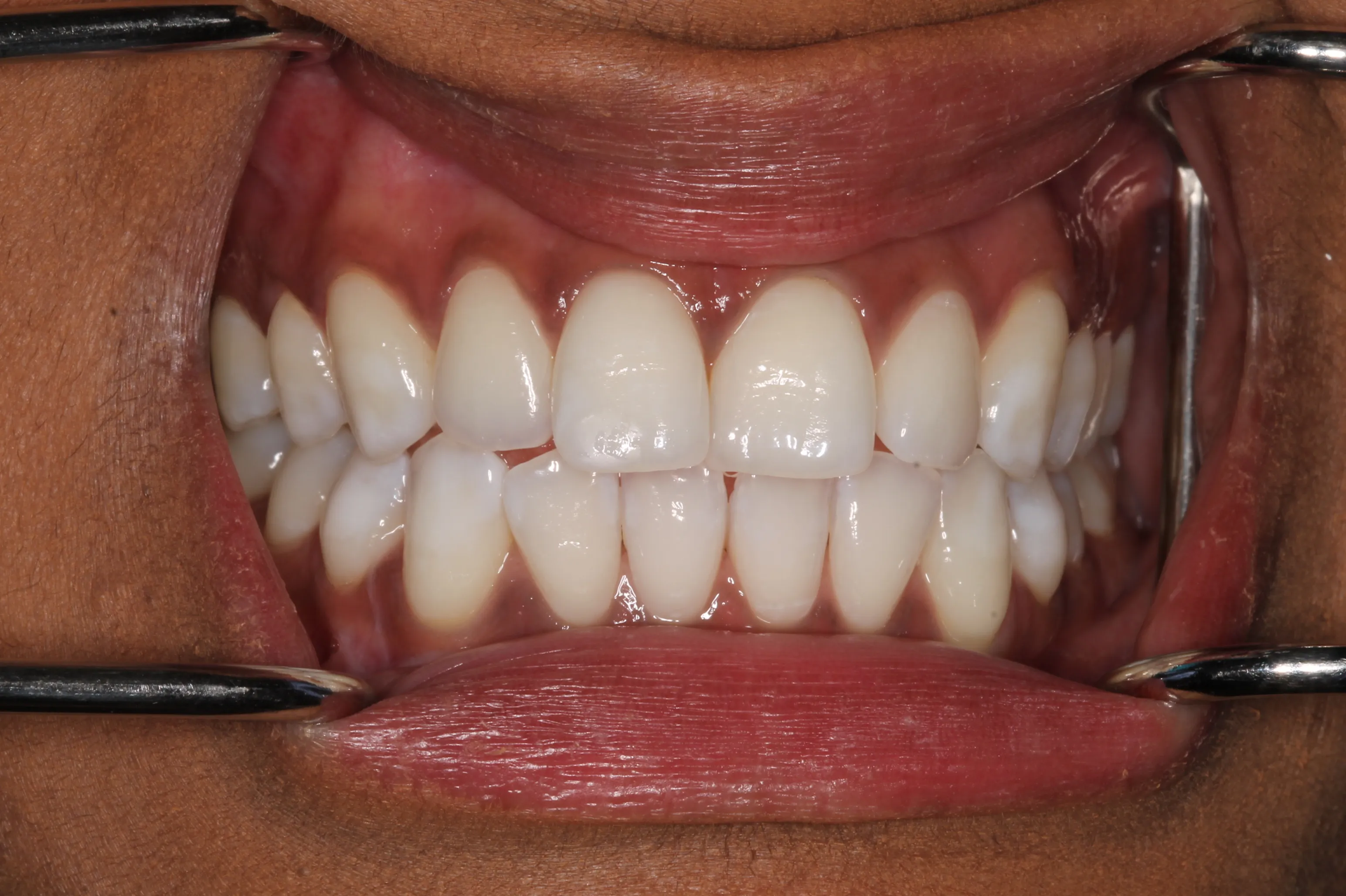
If you experience significant sensitivity or if home remedies are ineffective, consider seeking professional help. Dentists can offer in-office treatments designed to reduce sensitivity and provide personalized advice. These treatments are often more effective than over-the-counter options, providing immediate relief and long-term solutions. A dentist can also identify underlying issues that may be contributing to the sensitivity and recommend appropriate treatments.
In-Office Treatments
Dentists can apply desensitizing agents directly to the teeth. These agents can include fluoride varnish or special desensitizing solutions that help to block the dentinal tubules and reduce nerve sensitivity. In-office treatments can provide immediate relief and are often more effective than at-home methods. Your dentist can also monitor your progress and adjust the treatment plan as needed to ensure the best possible results.
Fluoride Treatments
Fluoride treatments can strengthen the enamel and reduce sensitivity. Fluoride helps to remineralize the teeth, making them more resistant to acid attacks and other forms of damage. In addition to in-office fluoride treatments, your dentist may recommend using a fluoride toothpaste or mouthwash. Regular fluoride application can help to rebuild the enamel, reduce sensitivity, and protect against tooth decay. These treatments are a cornerstone of preventative dental care, and they are particularly beneficial for those who experience sensitivity after whitening.
Home Remedies for Sensitivity
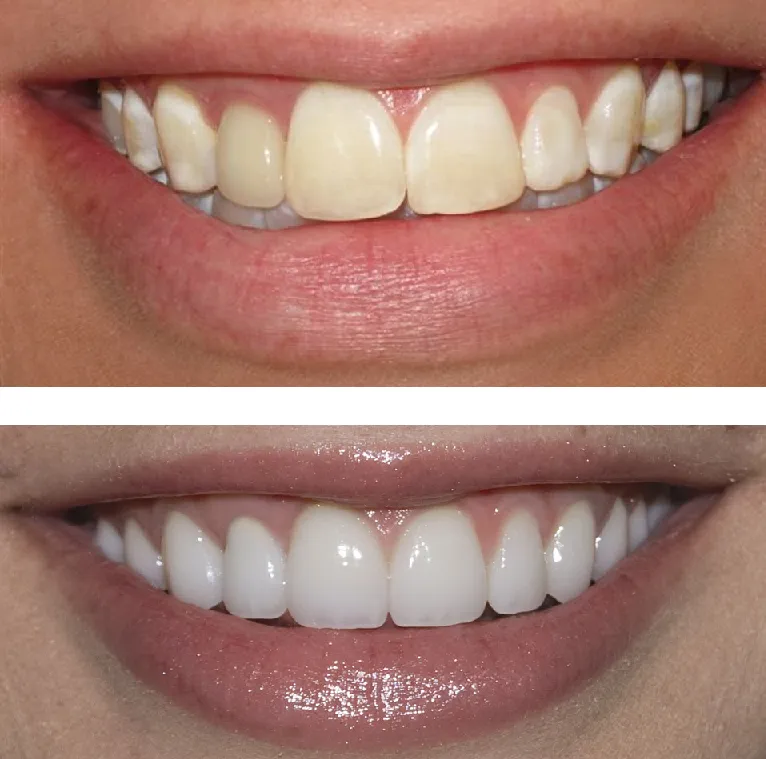
Besides the strategies mentioned above, there are several home remedies that can help alleviate teeth sensitivity. These remedies are often easy to implement and can provide significant relief. While they might not completely eliminate sensitivity, they can help manage discomfort and improve your overall oral health. These natural remedies can be used in conjunction with other treatments to maximize their effectiveness.
Rinse with Salt Water
Rinsing your mouth with a warm salt water solution can help to reduce inflammation and promote healing. Salt water has natural antibacterial properties, and it can also help to draw out fluids, reducing swelling and sensitivity. Mix a teaspoon of salt in a cup of warm water, and rinse your mouth for about 30 seconds several times a day. This simple remedy can provide significant relief, especially after a whitening session. It is a readily available and safe method for managing discomfort.
Oil Pulling Benefits
Oil pulling, a traditional Ayurvedic practice, involves swishing oil in your mouth to remove bacteria and toxins. Coconut oil is commonly used due to its anti-inflammatory and antibacterial properties. Swishing a tablespoon of coconut oil for 10-20 minutes daily can help to reduce inflammation and sensitivity. While the scientific evidence is limited, many people find that oil pulling helps to soothe their teeth and gums. It’s a gentle, natural remedy that can complement other treatments.
Dietary Considerations

Your diet can significantly impact teeth sensitivity. Certain foods and drinks can exacerbate sensitivity, while others can help to protect your teeth and reduce discomfort. Making informed dietary choices can help you manage sensitivity and maintain your brighter smile. It’s important to be mindful of what you consume and how it affects your teeth, especially after a whitening treatment.
Foods and Drinks to Avoid
Avoid foods and drinks that are acidic, sugary, or extremely hot or cold. Acidic foods like citrus fruits and carbonated beverages can erode the enamel, increasing sensitivity. Sugary foods promote bacterial growth, which can also worsen the issue. Extremely hot or cold temperatures can trigger pain in sensitive teeth. During and after whitening, it’s best to limit or avoid these foods and drinks to minimize discomfort.
Foods That Can Help
Include foods rich in calcium and phosphorus in your diet. These nutrients help to strengthen the enamel and protect against sensitivity. Dairy products, such as milk and yogurt, are good sources of calcium. Chewing on crunchy vegetables, like carrots and celery, can stimulate saliva production, which helps to neutralize acids and protect your teeth. A balanced diet that supports overall oral health can also help reduce sensitivity.
Maintaining Long-Term Oral Health
Maintaining long-term oral health is crucial for preventing teeth sensitivity and ensuring a bright, healthy smile. This involves consistent oral hygiene practices, regular dental check-ups, and a balanced diet. By adopting these habits, you can minimize the risk of sensitivity and protect your teeth from various dental issues. Prevention is the best strategy, so make oral health a priority.
